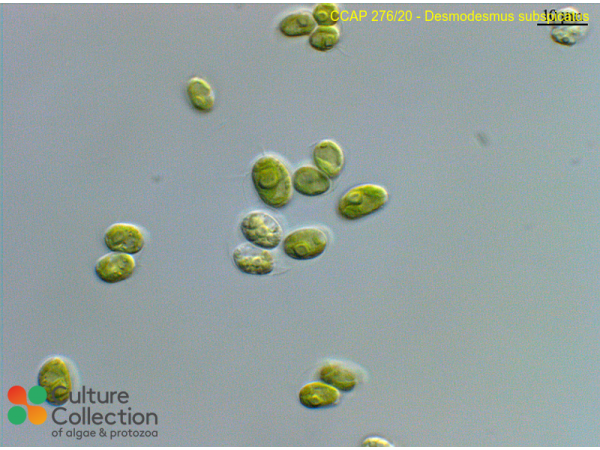References [ 16 ]
Bengtson Nash SM, Quayle PA, Schreiber U & Müller JF (2005) The selection of a model microalgal species as biomaterial for a novel aquatic phytotoxicity assay. Aquatic Toxicology 72: 315-326.
Dean AP, Sigee DC, Estrada B & Pittman JK (2010) Using FTIR spectroscopy for rapid determination of lipid accumulation in response to nitrogen limitation in freshwater microalgae. Bioresource Technology 101: 4499-4507.
Bosch C, Olivares A, Faria M, Navas JM, del Olmo I, Grimalt JO, Piña B & Barata C (2009) Identification of water soluble and particle bound compounds causing sublethal toxic effects. A field study on sediments affected by a chlor-alkali industry. Aquatic Toxicology 94: 16-27.
van Wijngaarden RPA, Arts GHP, Belgers JDM, Boonstra H, Roessink I, Schroer AFW & Brock TCM (2010) The species sensitivity distribution approach compared to a microcosm study: A case study with the fungicide fluazinam. Ecotoxicology and Environmental Safety 73: 109-122.
Tisler T & Zagorc-Koncan J (2003) Aquatic toxicity of selected chemicals as a basic criterion for environmental classification. Arh Hig Rada Toksikol 54: 207-213.
DOI: none
Millington LA, Goulding KH & Adams N (1988) The influence of growth medium composition on the toxicity of chemicals to algae. Water Research 22: 1593-1597.
Martin D & Ridge I (1999) The relative sensitivity of algae to decomposing barley straw. Journal of Applied Phycology 11: 285-291.
Sigee DC, Bahrami F, Estrada B, Webster RE & Dean AP (2007) The influence of phosphorus availability on carbon allocation and P quota in Scenedesmus subspicatus: A synchrotron-based FTIR analysis Phycologia 46: 583-592.
Verschoor AM, van der Stap I, Helmsing NR, Lurling M & van Donk E (2004) Inducible colony formation within the Scenedesmaceae: Adaptive responses to infochemicals from two different herbivore taxa. Journal of Phycology 40: 808-814.
Rosa E, Barata C, Damasio J, Bosch MP & Guerrero A (2006) Aquatic ecotoxicology of a pheromonal antagonist in Daphnia magna and Desmodesmus subspicatus. Aquatic Toxicology 79: 296-303.
Cannell RJP, Kellam SJ, Owsianka AM & Walker JM (1987) Microalgae and cyanobacteria as a source of glycosidase inhibitors. Journal of General Microbiology 133: 1701-1705.
Goslan EH, Seigle C, Purcell D, Henderson R, Parsons SA, Jefferson B & Judd SJ (2017) Carbonaceous and nitrogenous disinfection by-product formation from algal organic matter. Chemosphere 170: 1-9.
Kim JW, Rehmann L & Ray MB (2017) Development of microalgal bioassay based on the community level physiological profiling (CLPP). Algal Research 25: 47-53.
Kim JW, Ray MB & Rehmann L (2018) Assessment of water samples with complex compositions using microalgal bioassay based on the community level physiological profiling (CLPP) Journal of Environmental Management 224: 310-314.
Verburg T, Schaap A, Zhang S, den Toonder J & Wang Y (2021) Enhancement of microalgae growth using magnetic artificial cilia Biotechnology and Bioengineering 118(7): 2472-2481.
Fettweis A, Bergen B, Hansul S, De Schamphelaere K & Smolders E (2021) Correlated Ni, Cu and Zn sensitivities of 8 freshwater algal species and consequences for low-level metal mixture effects Environmental Toxicology and Chemistry 40(7): 2013-2023.






